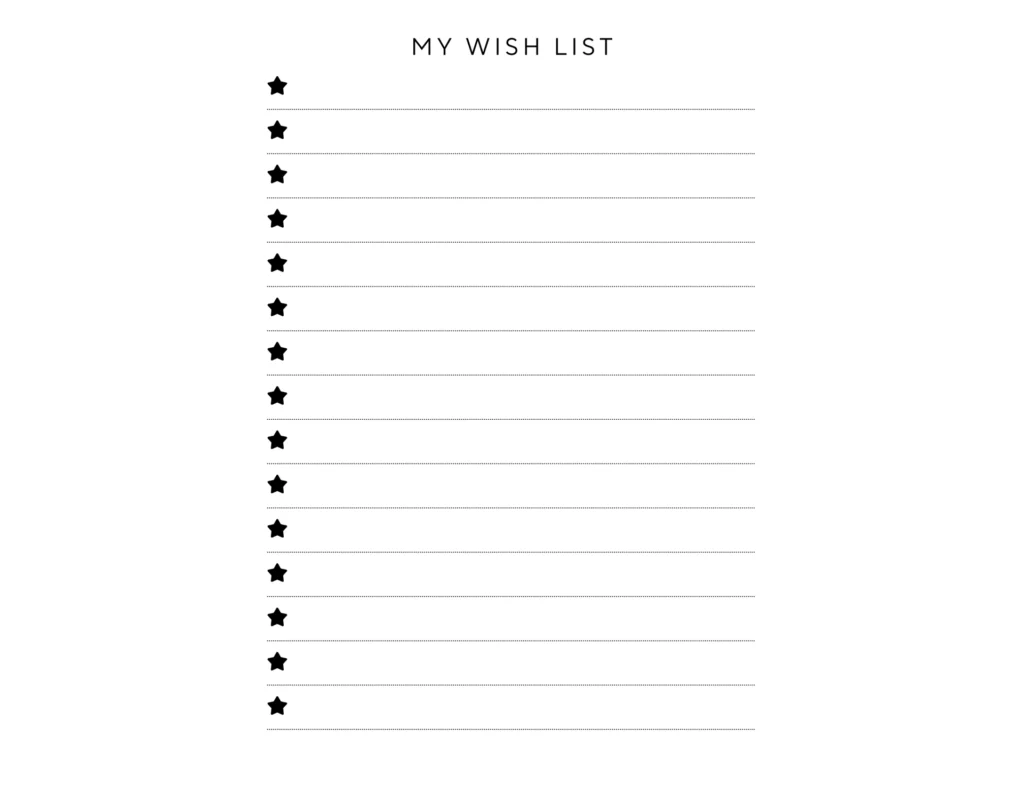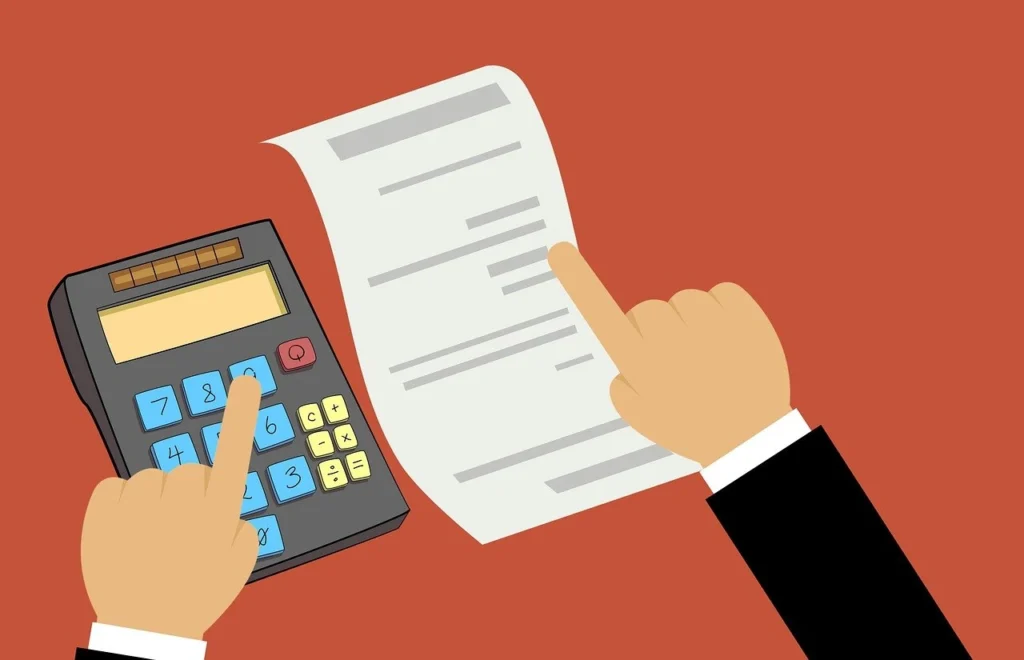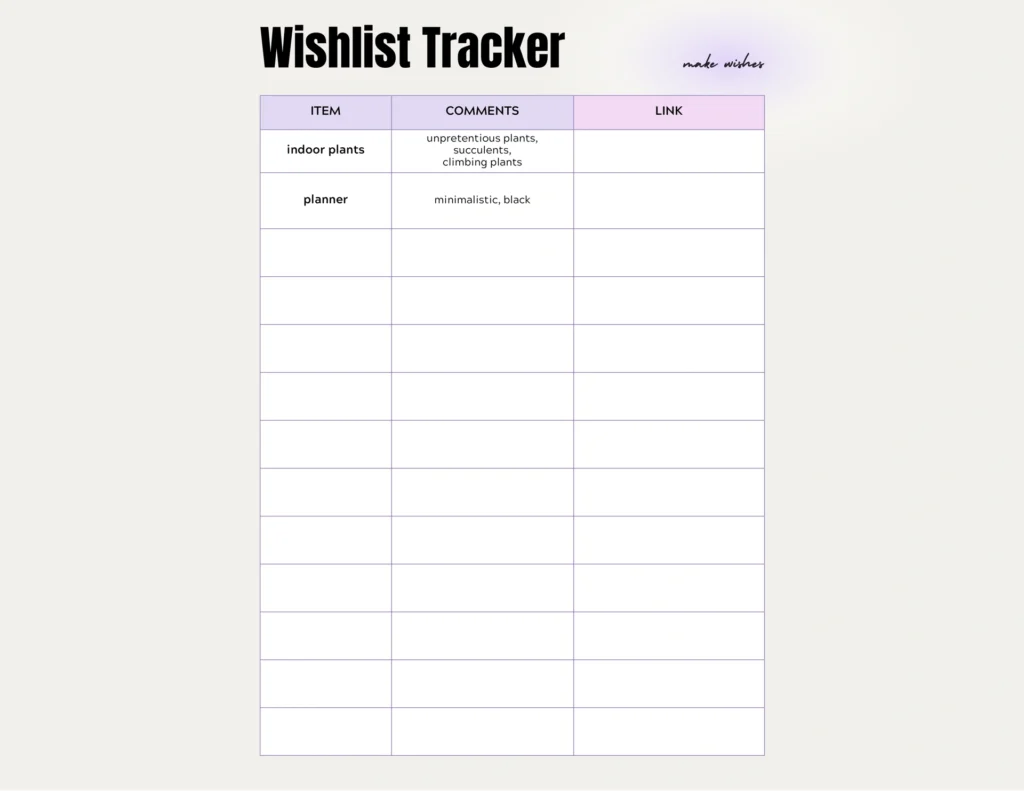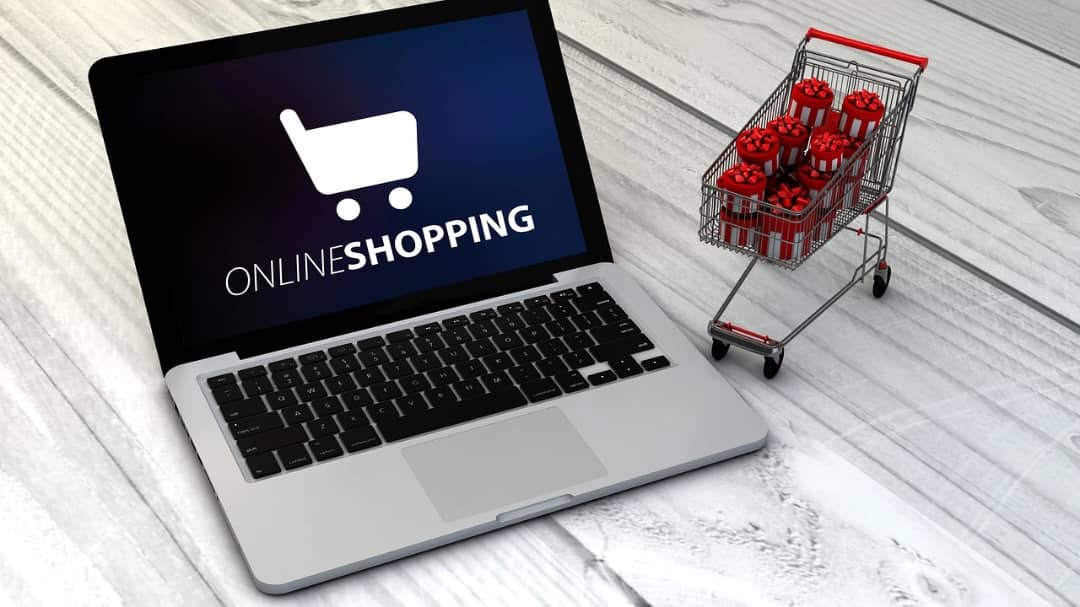A wishlist is a digital tool that allows users to save and organize items they are interested in purchasing in the future.
It acts as a personalized shopping list, helping users keep track of desired products across various online stores.
However, sometimes it can get long and messy, making it frustrating to use.
Here’s how to prevent that and use your wishlist more efficiently.
1. Choose the Right Platform
Many online retailers offer built-in wishlist features. Take note of these platforms and use them to track items you’re interested in purchasing from that specific site.
Alternatively, you can use apps or browser extensions like Honey, Lyst, or Pinterest that allow you to create a wishlist from multiple retailers, so you can track all your desired items in one place.

2. Organize Your Wishlist
Divide your wishlist into categories such as “Essentials,” “Nice-to-Have,” “Gifts,” or “Long-Term Wants.”
This helps prioritize purchases and keeps your list organized. Include notes for each item, such as why you want it, important features, or the best time to buy (e.g., during a sale or holiday season).

Mark high-priority items, like a new laptop for your job, so you know what to focus on first when you’re ready to make a purchase.
3. Regularly Update Your Wishlist
Periodically review your wishlist and remove items you no longer need, want, or that have become too expensive.
This keeps your list relevant and prevents it from becoming cluttered. Use price-tracking tools or apps to monitor changes in the price of items on your wishlist.
Some platforms, like CamelCamelCamel (for Amazon), notify you when items drop in price. Exercising patience can help save money.
Also, avoid adding items impulsively to keep your wishlist manageable and purposeful.
4. Set a Budget

Assign an estimated cost to each item on your wishlist. This helps you keep track of how much you might need to spend and manage your budget accordingly.
For more expensive items, create a savings plan, track your progress, and only make the purchase once you’ve saved enough, avoiding unnecessary purchases.
5. Use Your Wishlist for Smart Shopping
Keep items in your wishlist until they go on sale or seasonal discounts and promotions occur.
This helps you avoid paying full price and takes advantage of discounts or special promotions.
Before purchasing, check if the item is available at a lower price elsewhere—your wishlist can help you organize and compare these options.
It can also act as a filter, helping you avoid impulse purchases. If something isn’t on your wishlist, give yourself a day or two before deciding to buy it.
6. Share Your Wishlist
Share your wishlist with friends and family around holidays or birthdays to give them gift ideas that you actually want.
If you’re planning a group purchase (like furniture or shared household items), collaborate on a shared wishlist to manage the shopping process collectively.
7. Use Apps and Tools
Use apps like Wishlistr, Giftster, or Amazon’s wishlist feature to organize and track your wishlist.
These apps often have features like price alerts, sharing options, and other practical functions.
8. Review Before Buying
Before making a purchase, review why the item is on your wishlist. Has your need or desire for it changed?
This step helps prevent buyer’s remorse. Read product reviews to ensure the item meets your expectations.
You may decide to remove it from your wishlist if it doesn’t have good feedback.
9. Track Your Purchases

Once you buy an item, mark it as purchased on your wishlist to keep track of what you’ve already acquired.
Keep a record of your spending on wishlist items to ensure you stay within your budget and monitor how much you’re investing in non-essential and essential items.
10. Set Long-Term Goals

Use your wishlist for long-term savings goals, like buying a high-ticket item (e.g., a new laptop or camera).
Having it on your wishlist helps you plan and save. Review your wishlist frequently—either once a month or after every purchase.
This helps you stay focused on what truly matters to you and track how you manage your funds.
By following these steps, you can use your wishlist as a powerful tool for smart, organized, and budget-conscious shopping.


